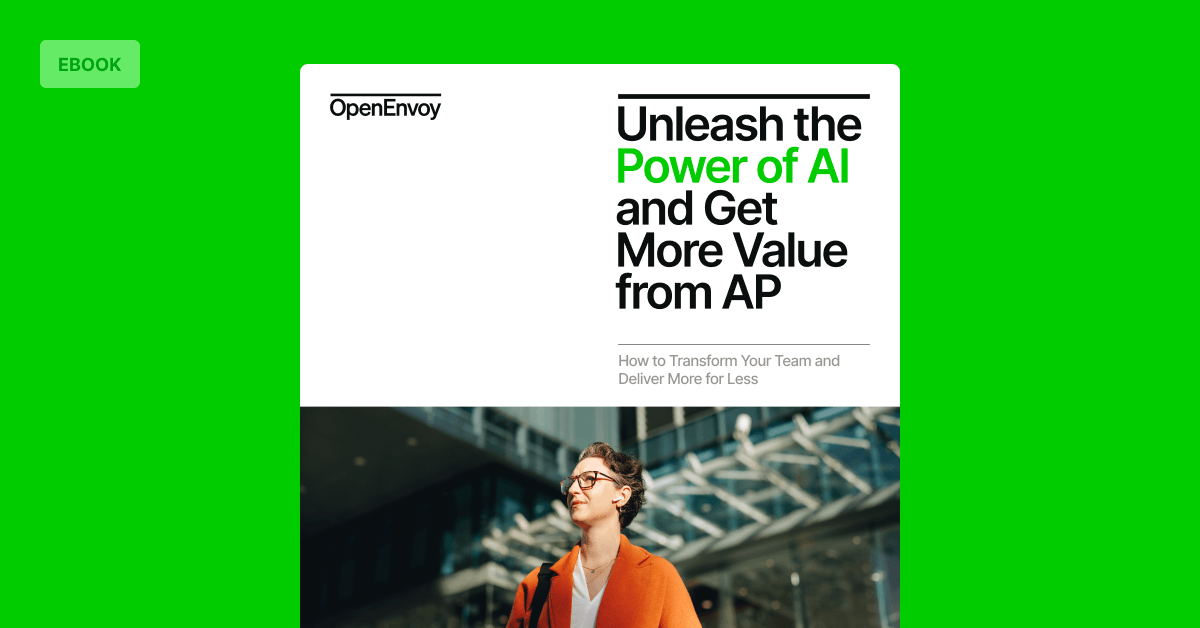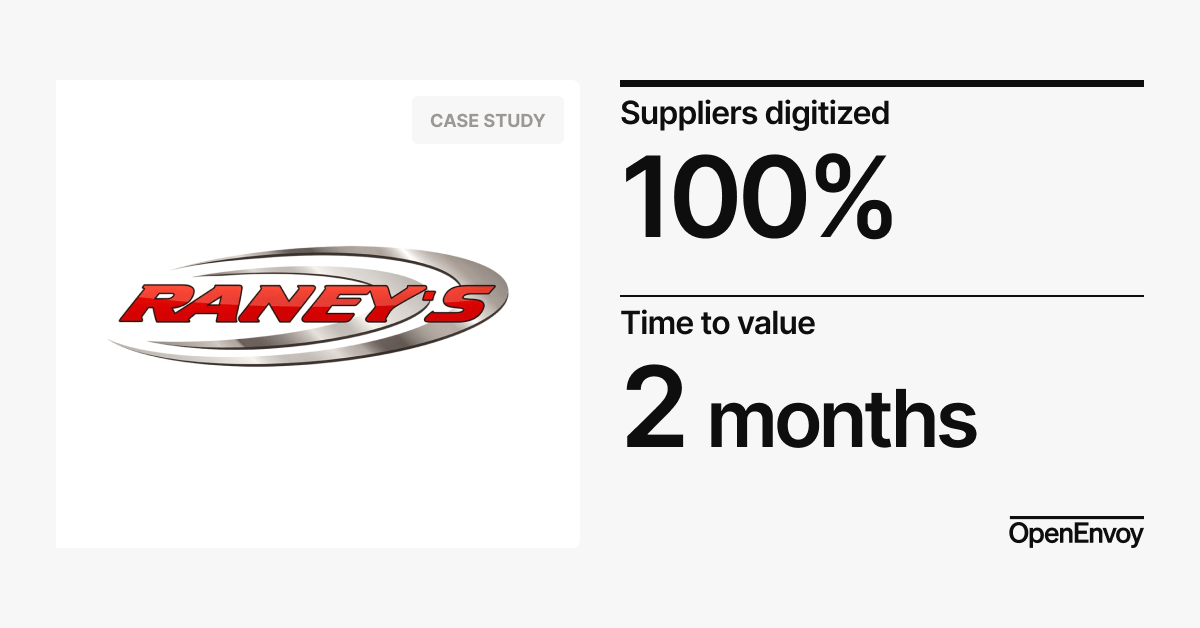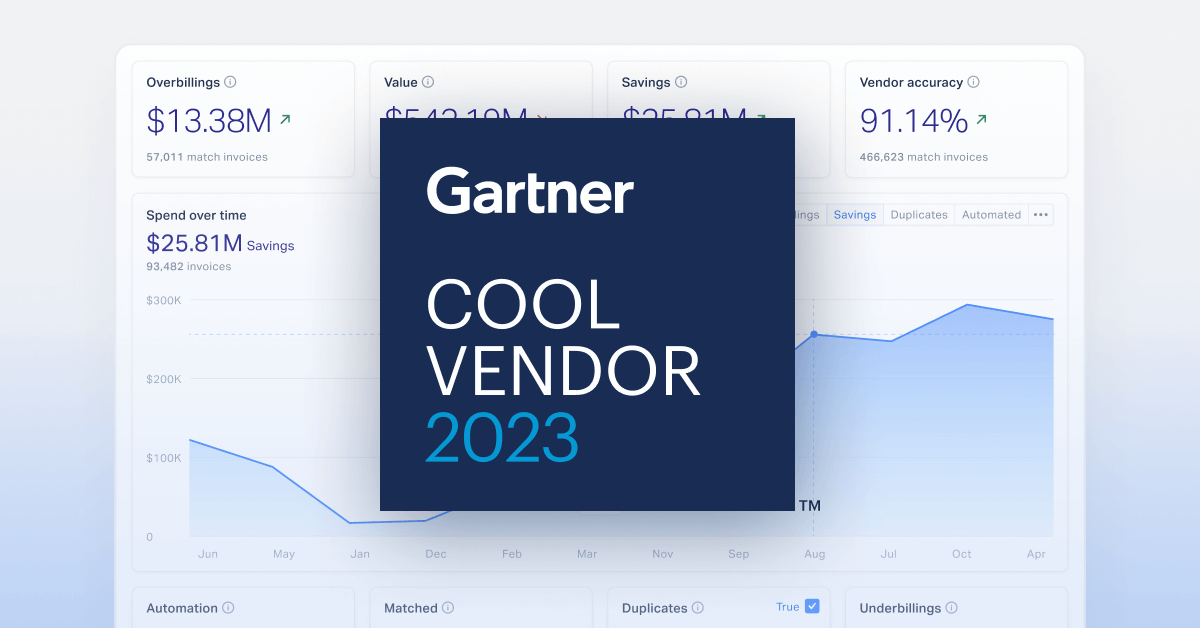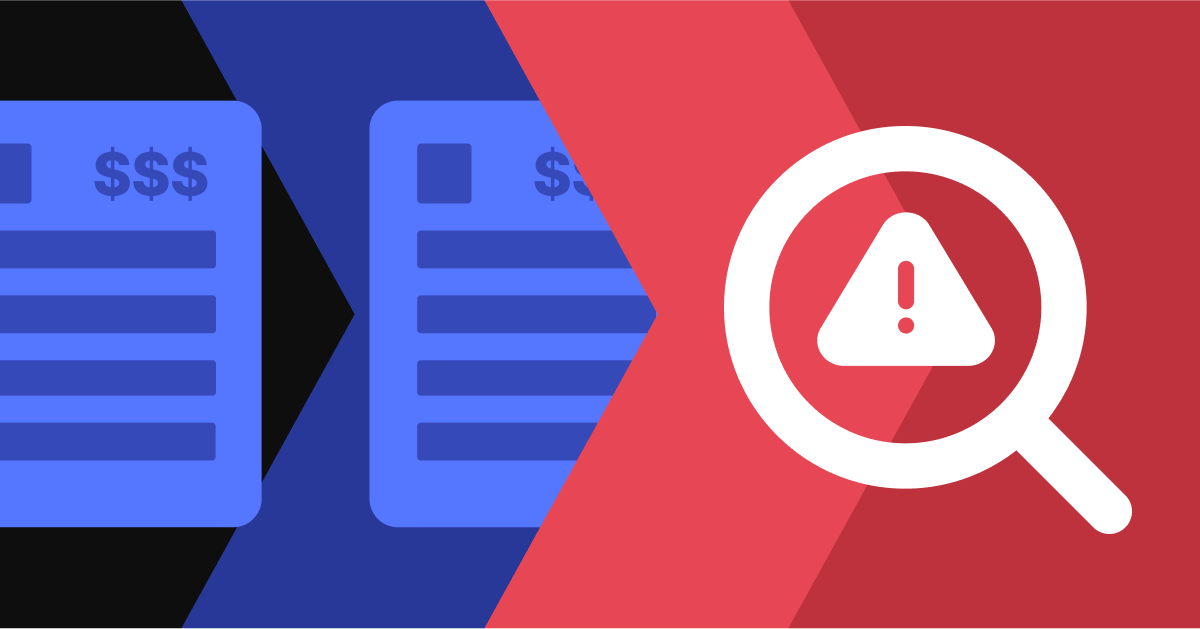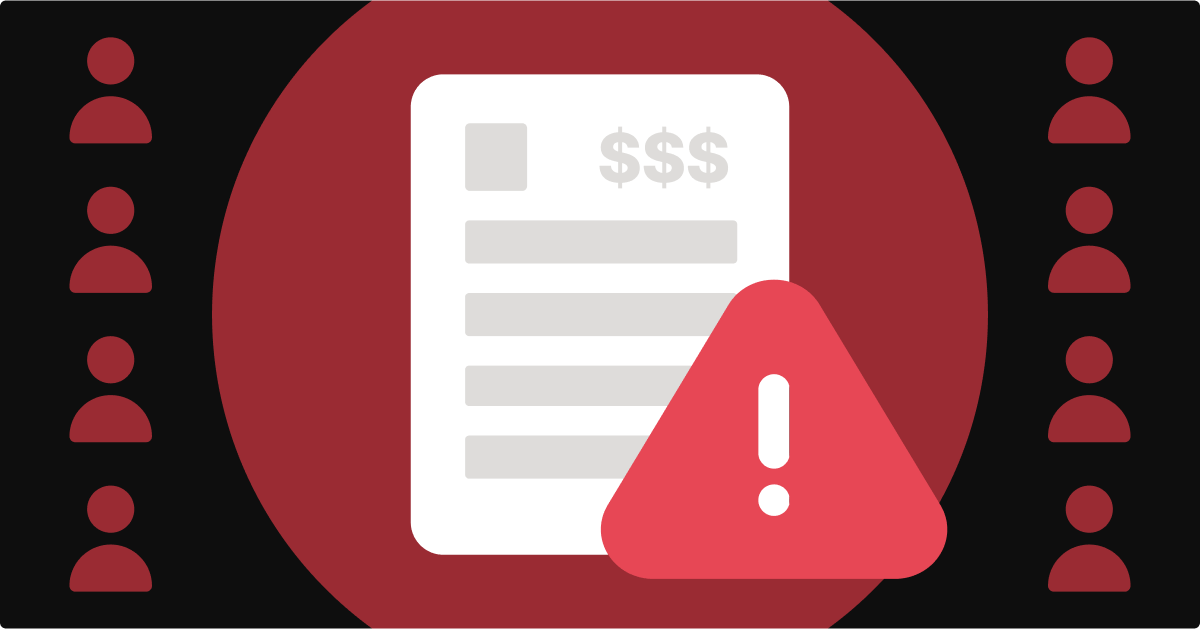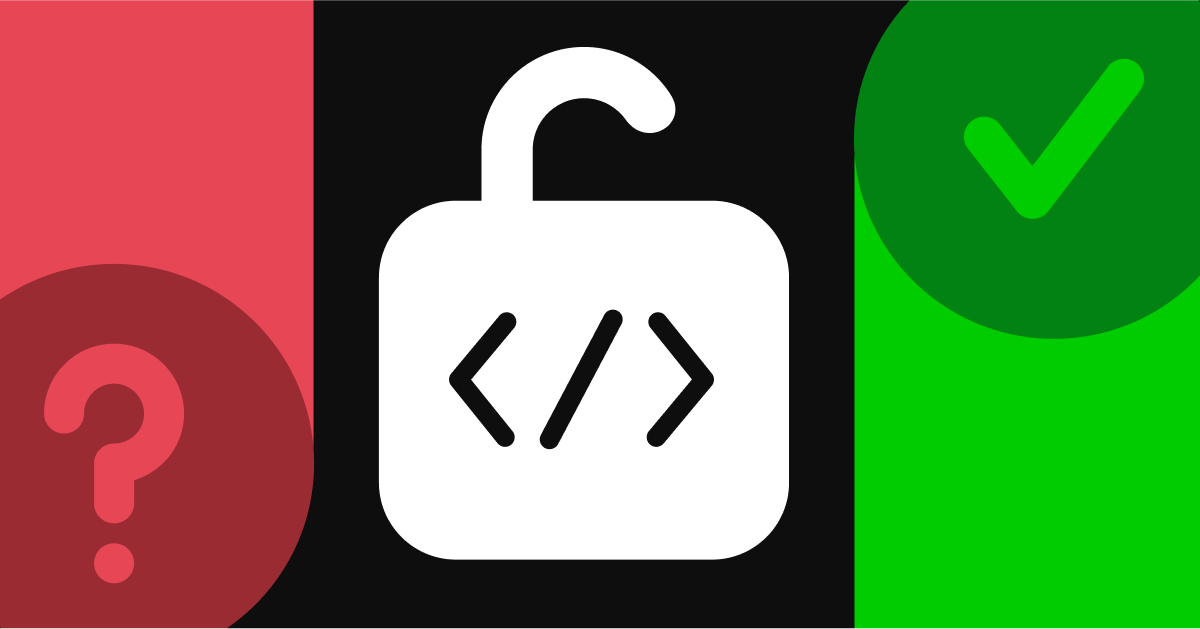Autonomous procurement isn’t just a futuristic buzzword anymore. In 2025, it’s becoming a competitive advantage.
As organizations face mounting pressure to reduce costs, improve agility, and operate with leaner teams, autonomous procurement powered by AI and automation is emerging as a transformational shift in how sourcing happens.
What Is Autonomous Procurement?
Autonomous procurement uses AI-driven bots and algorithms to automate the end-to-end purchasing process. These bots:
- Analyze past spend
- Predict demand
- Identify the best suppliers
- Issue purchase orders
- Enforce compliance policies
The result? Procurement becomes faster, more compliant, and significantly less reliant on manual effort.
Why Now? The Tipping Point in 2025
According to Gartner’s Hype Cycle for Procurement and Sourcing Solutions 2024, autonomous procurement is on the rise due to:
- Advances in AI and data modeling: Bots can now analyze large, cross-system datasets in real-time.
- Repeatable purchases: Organizations with recurring, standardized spend can automate large chunks of activity.
- Pressure on procurement to deliver more with less: Headcount is shrinking. Complexity is growing. AI bridges the gap.
The ROI Is Real
Companies that have piloted autonomous procurement are seeing:
- 30-50% faster sourcing cycles
- Up to 20% savings through optimized supplier selection
- Improved compliance and fewer maverick purchases
These aren't just cost metrics. They're strategic wins that increase agility and competitiveness.
Actionable Framework: How to Start
Here’s a step-by-step approach to get started:
1. Audit Your Spend Profile
- Identify categories with high repeatability and low complexity
- Pinpoint areas where policy compliance is critical
2. Clean Your Data
- Standardize supplier data
- Clean and enrich purchase history records
3. Pilot with a Narrow Use Case
- Start with one category (e.g., office supplies or indirect IT)
- Measure cycle time, savings, and compliance pre- and post-pilot
4. Choose a Scalable Platform
- Ensure your tech stack supports AI-native automation
- Evaluate vendors for real-time data integration, not just rules-based automation
5. Upskill Your Team
- Procurement pros won’t be replaced. But their roles will shift.
- Train them to interpret AI insights, not process POs
Common Roadblocks (and How to Solve Them)
Issue: Lack of clean, centralized data
Fix: Invest in supplier information management or a unified data lake
Issue: Fear of change
Fix: Show wins early. Run a time-bound pilot and share results broadly
Issue: Too many disconnected tools
Fix: Prioritize solutions with open APIs and composability
What Success Looks Like
- POs issued with zero human touch
- Real-time compliance with sourcing policies
- Buyers spending more time on strategy, less on transactions
Looking ahead
By 2027, autonomous procurement will become the norm for companies managing large volumes of recurring spend. Early adopters will gain a competitive edge through faster procurement cycles, stronger supplier relationships, and more time for strategic initiatives.
OpenEnvoy is already enabling this shift with AI-native automation that eliminates manual invoice review, boosts compliance, and unlocks sourcing efficiency.
📘 Download the Gartner® Hype Cycle™ for Procurement and Sourcing Solutions, 2024 to see where autonomous procurement is headed—and how to stay ahead.
Frequently Asked Questions (FAQs)
What is the difference between automation and autonomous procurement?
Automation handles repetitive tasks based on predefined rules. Autonomous procurement uses AI to make contextual decisions, learn from data, and adapt sourcing actions without human input.
Is autonomous procurement only for large enterprises?
No. While large organizations benefit from scale, mid-size businesses with recurring spend and lean teams can also achieve quick wins with AI-led procurement.
What tools or platforms enable autonomous procurement?
Look for AI-native tools like OpenEnvoy that combine invoice automation, supplier management, and ERP integration—all without heavy IT dependencies.
How do I know if my organization is ready?
Start with a spend audit. If your team handles high-volume, repeatable transactions, you’re ready to pilot autonomous procurement.
Will AI replace procurement professionals?
No. It will augment their work. Professionals will focus on strategic sourcing, supplier relationships, and high-value decision making instead of transactional tasks.
What are the risks of adopting too early?
The main risks are poor data quality, unclear ROI expectations, and change management. Mitigate these with a narrow-scope pilot and realistic KPIs.
How can I get buy-in from leadership?
Showcase early success stories, such as reduced cycle times or cost savings. Highlight industry benchmarks and case studies like those from OpenEnvoy clients.
Can autonomous procurement integrate with our existing ERP?
Yes. Most modern solutions, including OpenEnvoy, offer seamless integration with leading ERP systems using APIs and connectors.
How quickly can I see results?
Most teams report measurable ROI in under 3 months, especially in high-volume categories like tail spend or indirect goods.
Where should I begin?
Pick one high-frequency, low-complexity category. Run a 90-day pilot. Measure the impact, then expand gradually.
